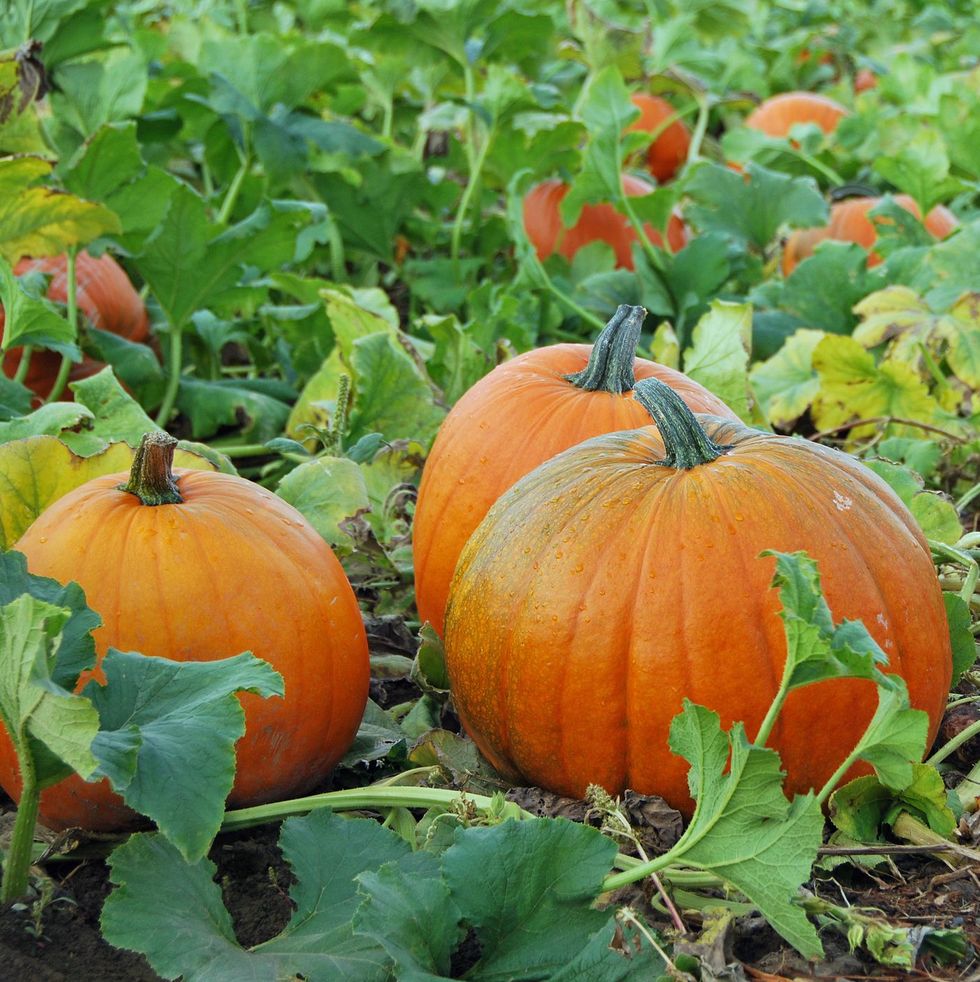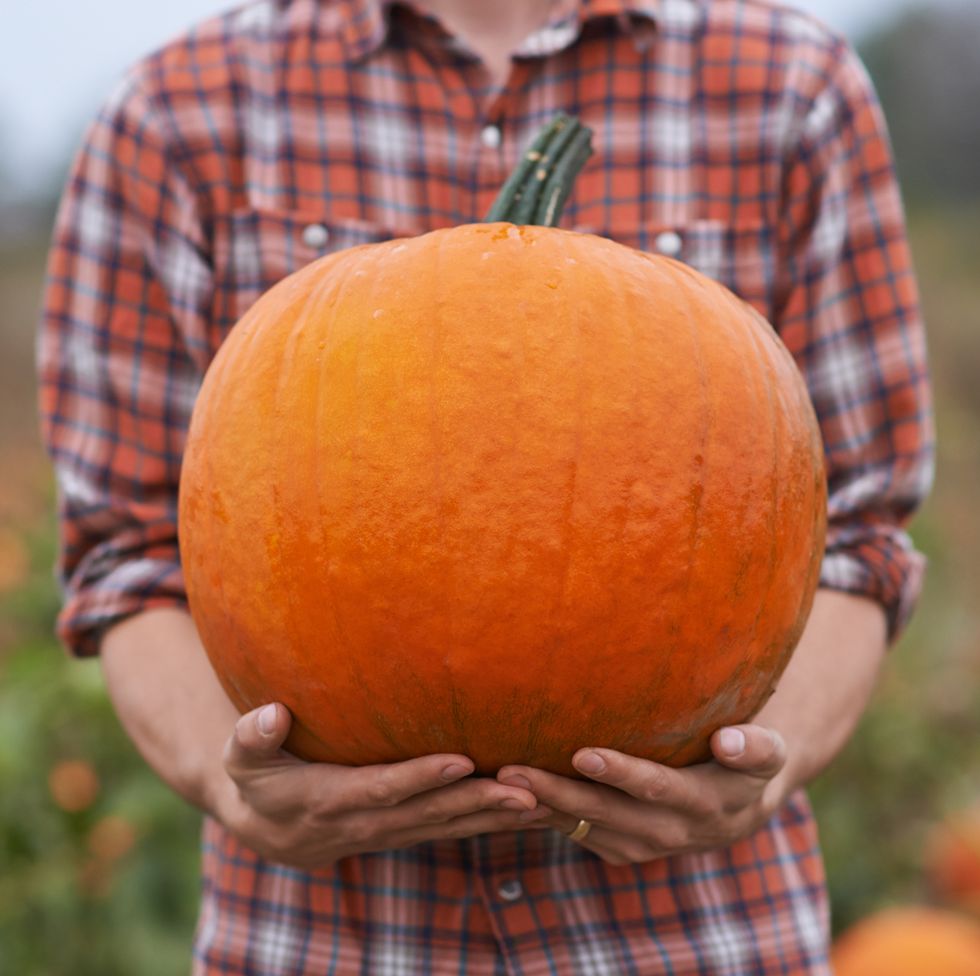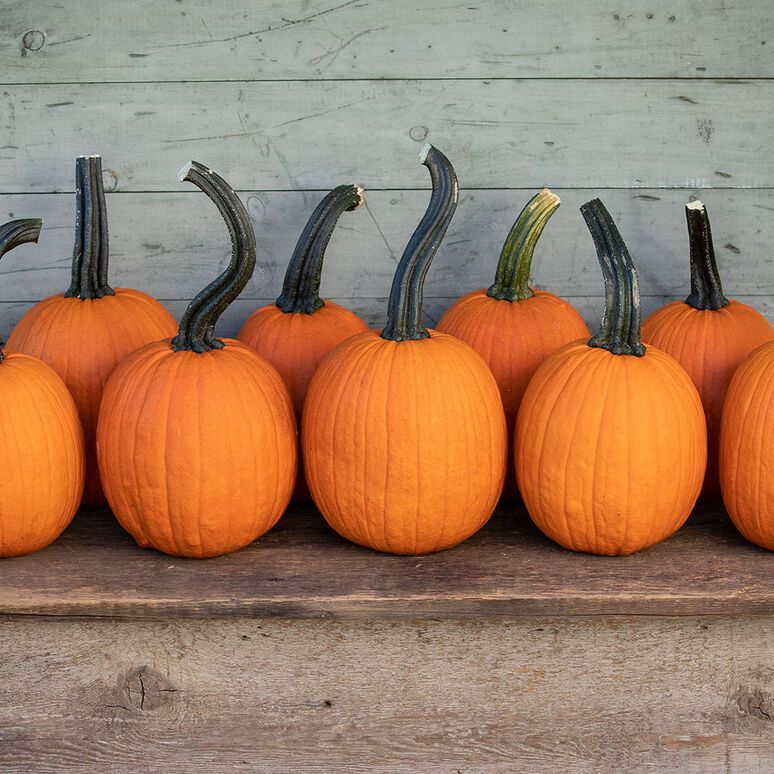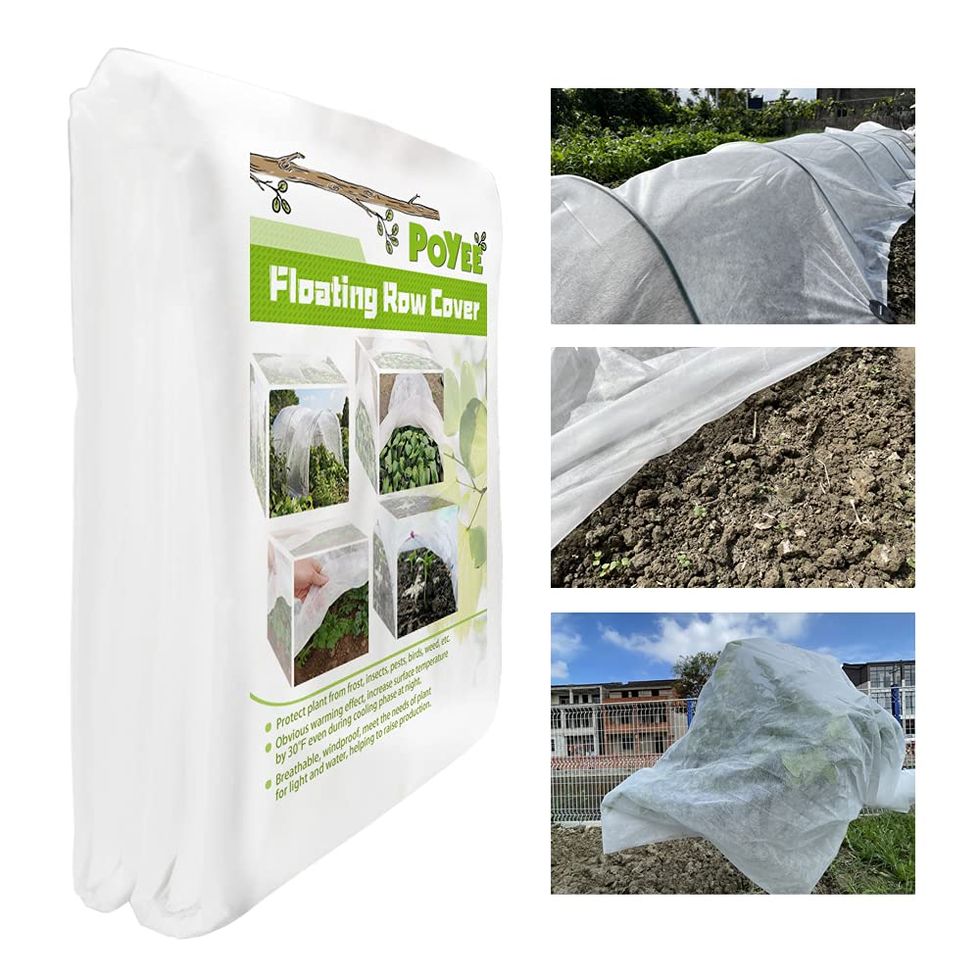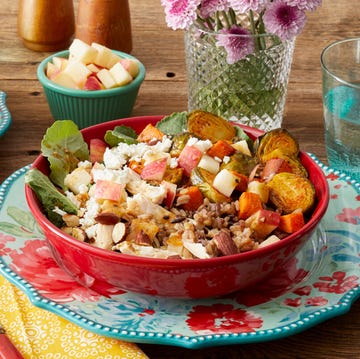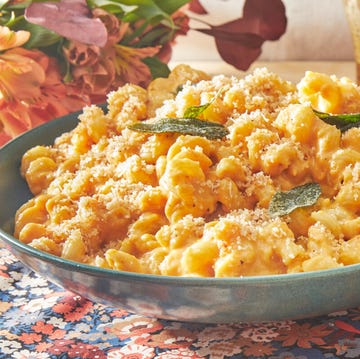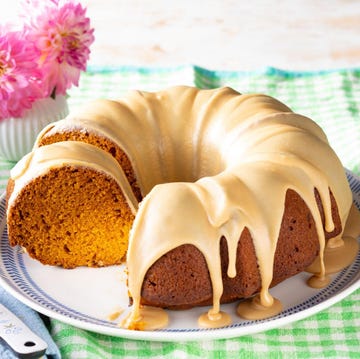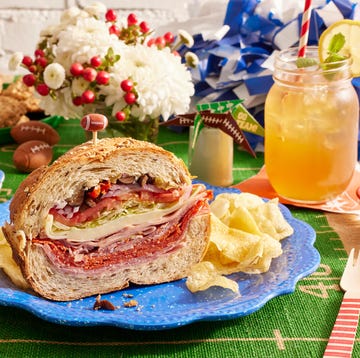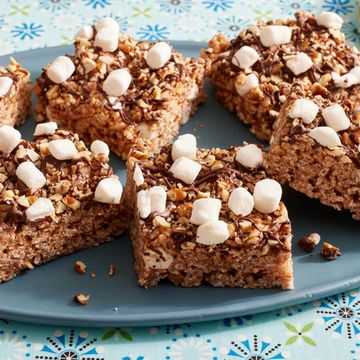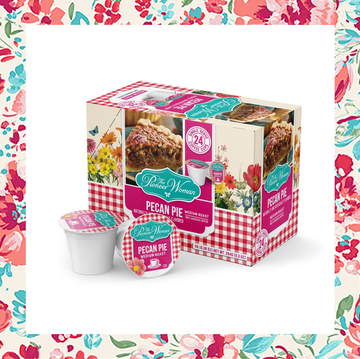With so many types of pumpkins you can grow in your garden, it's hard to pick just one variety. But no matter what type you choose, it's so much fun to watch them grow, especially when you see the first tiny pumpkin forming! We're sure you want these autumnal annuals (that are actually fruits, not vegetables!) to live long, healthy lives. If you learn how to keep your pumpkins from rotting, you can help make them last longer as they grow and after you harvest them.
"There are several reasons why pumpkins rot," explains Nate Gorlin-Crenshaw, trial technicians for pumpkins and winter squash with Johnny's Selected Seeds. "Disease, environmental conditions, and pests that introduce damage to the fruit are the most common issues." While that might sound bleak, all is not lost! There are a handful of ways to save your pumpkins from these factors that can cause this damage. Ahead, we'll walk you through the best ways to grow your pumpkins in order to prevent them from rotting.
How do I keep my pumpkins from rotting on the vine?
One reason your pumpkin might start to rot is from powdery mildew. "This a fungus that looks like it sounds," says Gorlin-Crenshaw. "It's a whitish, powdery substance that appears on leaves first, then spreads to the vines and stem." First, try and select varieties that are disease-resistant, which will be listed on the seed label or plant tag. Older heirloom types, such as Howden, tend to be more susceptible. Newer types, such as Gumdrop and Pipsqueak, are more resistant.
Obviously, it’s too late for that step if you’ve already planted, but there are other preventative measures you can take. The disease generally appears in mid to late summer. A few weeks beforehand, start applying a preventive spray containing potassium bicarbonate, copper, or sulfur, and follow the label instructions exactly. Basically by doing this, you're stalling the disease so the pumpkin has time to produce fruit before the fungus kills the plant. "Prevention is way more effective than treating, because you won’t stop it once it starts," says Gorlin-Crenshaw.
You'll also want to watch out for black rot. Also called gummy stem blight, this disease is as nasty as it sounds. The fruit gets a big, black bruise and rots quickly. By the time you see it, it’s already too late to save the plant. You should also avoid planting pumpkins in this same area again next year because it's primarily a soilborne fungus. The pumpkin is also more vulnerable if insect pests have damaged the fruit.
How do I protect my pumpkins from disease?
The yellow and black-striped cucumber beetle, which is about the size of half a lentil, is the culprit for introducing a common pumpkin disease known as bacterial wilt. This disease affects the plant more than the fruit. You may see the beetles crawling around, or they may swarm up around the plant. They chew on the tender new growth, fruit and flowers, and their saliva carries the disease. And yes, the leaves will look wilted.
You can protect plants with floating row covers when they're newly transplanted. However, once flowers appear, you'll need to remove them so the flowers can be pollinated in order to set fruit, says Gorlin-Crenshaw. If you spot these bugs, the best control is a contact insecticide. Apply an organic insecticide early in the morning or late evening before or after pollinators are active for the day so you won't hurt them. Look for products containing neem oil, azadirachtin, or pyrethrin, and always follow the label instructions.
Sometimes you can prevent rot with environmental controls, such as gently lifting pumpkins off the soil when they're small and placing them on a clay pot, straw, mulch, or a piece of landscape fabric. "You're creating a barrier between the fruit and the soil to prevent disease or keep them from getting too wet," says Gorlin-Crenshaw.
When is the best time to pick pumpkins to avoid rot?
If you wait too long to harvest, you might end up with a mushy pumpkin. Pick your pumpkin when you like its appearance, and it's nearly to the color for the specific variety. The plant should be starting to brown and die back. It's okay to pick when your pumpkin is a little green if it's an orange pumpkin as it usually keeps developing some color. But don't wait to pick until after a frost or its shelf life is reduced significantly, warns Gorlin-Crenshaw.
How do I make pumpkins last longer?
Once you’ve harvested your pumpkin, rinse it clean. Many people also swear by a mild bleach wash, which may (or may not!) extend your pumpkin's lifespan. Mostly, you'll want to keep it out of freezing temperatures or direct sunlight in order to make it last longer. You can try the bleach solution with carved pumpkins too, but basically, once you cut up your pumpkin, it will only last a few days. Afterwards, bring everything full circle by tossing your rotting pumpkin into the compost pile!
Arricca Elin SanSone has written about health and lifestyle topics for Prevention, Country Living, Woman's Day, and more. She’s passionate about gardening, baking, reading, and spending time with the people and dogs she loves.

